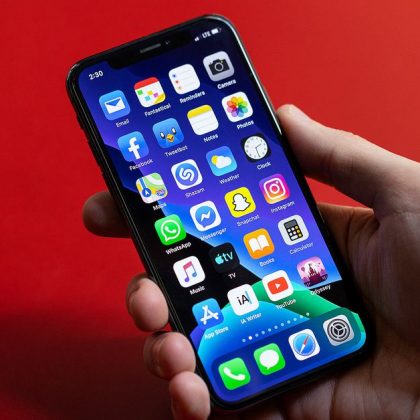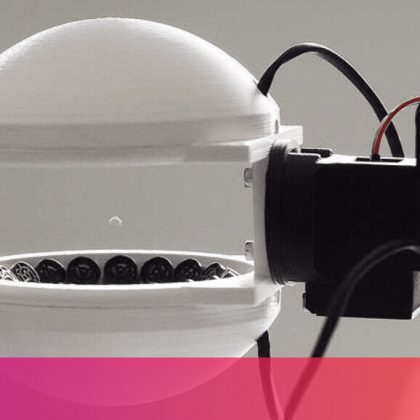Samsung uses QLED for its best TVs, including this 8K model. Sarah Tew/CNET Two rival TV brands use very similar acronyms to describe their best TVs. But QLED and OLED are as different as leopards and lions. For the last few years Samsung, the most popular TV-maker in the world, has been branding its best TVs “QLED.” Its 2019 QLED lineup is bigger than ever, with seven series encompassing 28 different models. From insane 98-inch 8K behemoths to TVs designed to look like paintings and modern art, QLEDs represent the pinnacle of what Samsung’s formidable engineers can bring to TV buyers. But it’s not the pinnacle of picture quality. That honor goes to OLED TVs. Based on the last few years of CNET’s side-by-side comparison reviews, LG’s OLED TVs have all delivered better overall image quality than Samsung QLED TVs. The latest example pitted Samsung’s 2018 Q9 QLED against LG’s 2019 C9 OLED and the LG OLED won handily, delivering the best picture quality I’ve ever tested. In fact the LG B8 from 2018 also beat the Samsung. The Q9 is still an excellent performer, however, and delivers the best non-OLED image I’ve ever tested — but not because of QLED technology.In June 2019 I reviewed the midrange Q70, which is an excellent performer but no OLED. I haven’t tested any of the highest-end QLED models yet, such as the Q80 and Q90, but if I was a betting man I’d still pick the best OLED to beat the best QLED TV once again this year, even though Samsung seems to have made more improvements than LG. Here’s why. A QLED TV is just an LCD TV with quantum dots Let’s start with a quick summary of the two technologies. OLED stands for “organic light emitting diode.”QLED (according to Samsung) stands for “quantum dot LED TV.”OLED is a fundamentally different technology from LCD, the major type of TV today.QLED is a variation of LED LCD, adding a quantum dot film to the LCD “sandwich.”OLED is “emissive,” meaning the pixels emit their own light.QLED, like LCD, is, in its current form, “transmissive” and relies on an LED backlight.The main takeaway is that QLED is closer to regular old LCD than it is to OLED, which I (and most other experts) consider a distinctly different class of television, much like plasma was before it. Now playing: Watch this: What is quantum dot? 2: 46 Quantum dots are microscopic molecules that, when hit by light, emit their own, differently colored light. In QLED TVs, the dots are contained in a film, and the light that hits them is provided by an LED backlight. That light then travels though a few other layers inside the TV, including a liquid crystal (LCD) layer, to create the picture. The light from the LED source is transmitted through the layers to the screen’s surface, which is why we say it’s “transmissive.” A look at the “sandwich” of layers in an LCD TV, where an LED backlight shines through a quantum dot layer (among
Read More
28December





